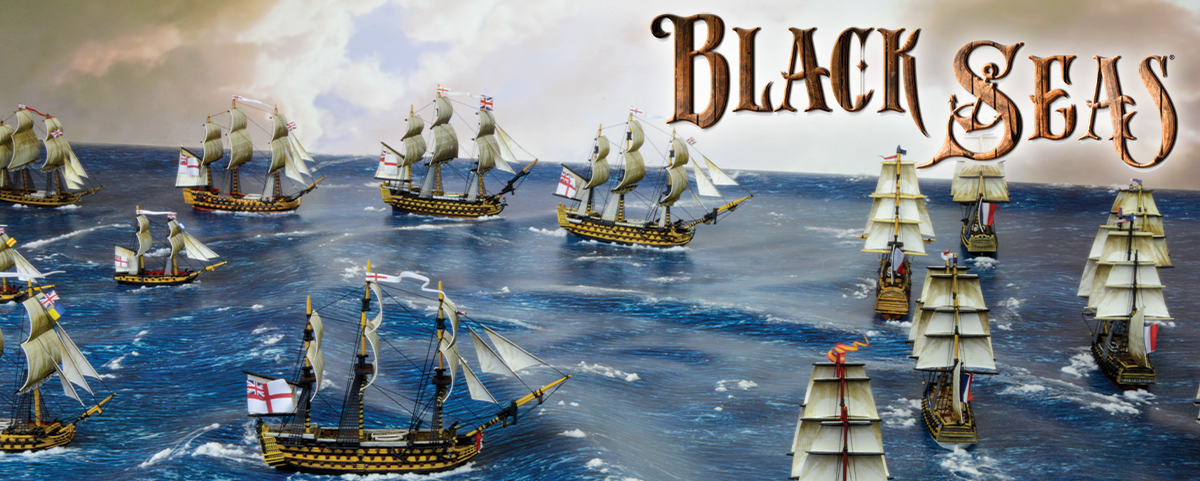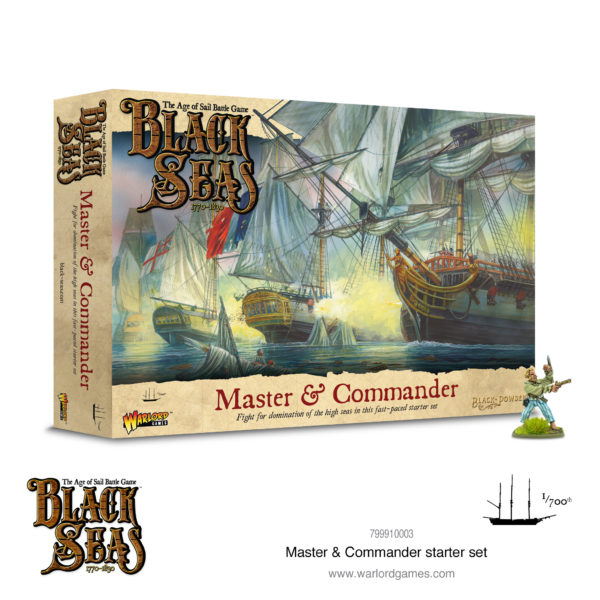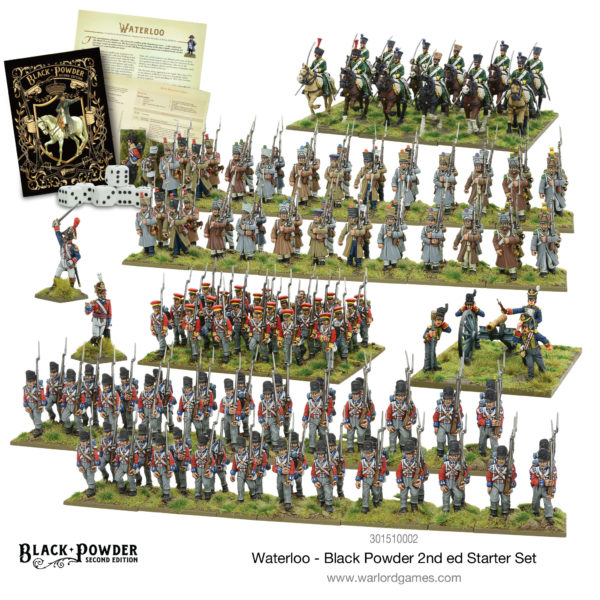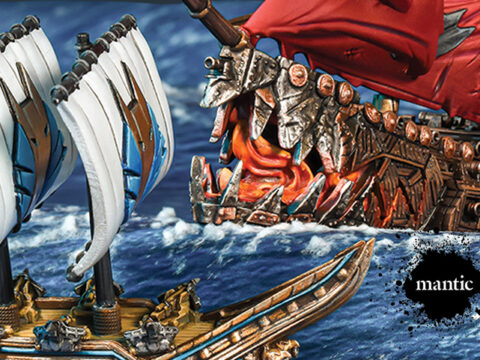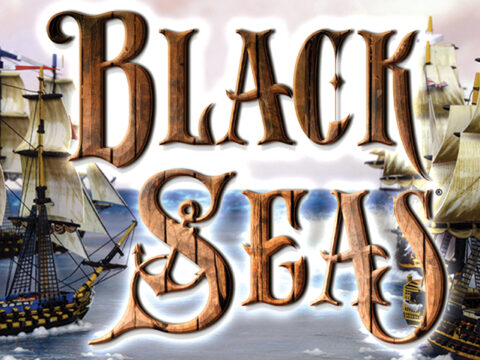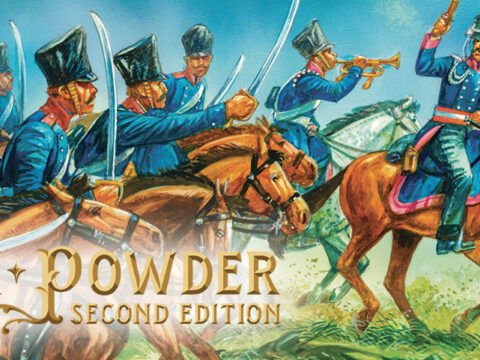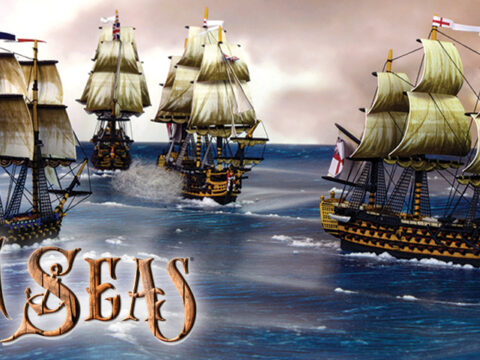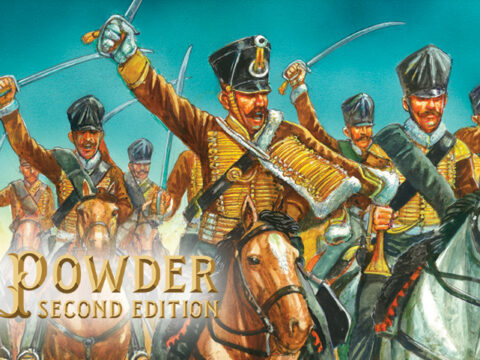We’re taking a look at one of the most iconic periods covered by Black Seas – the Napoleonic Wars. This article provides an overview of the conflict.
One of the most heavily studied eras of European history, the French wars which began in 1803 were effectively a continuation of those which had preceded them, involving most European countries and their colonial possessions. Naval actions in this period were worldwide: in the Mediterranean, the North Sea, the Baltic, the Atlantic and as far afield as the West and East Indies. These were, of course, mainly in support of strategies and campaigns on land, but also related to local quarrels as well as to strategic, political and trade decisions.
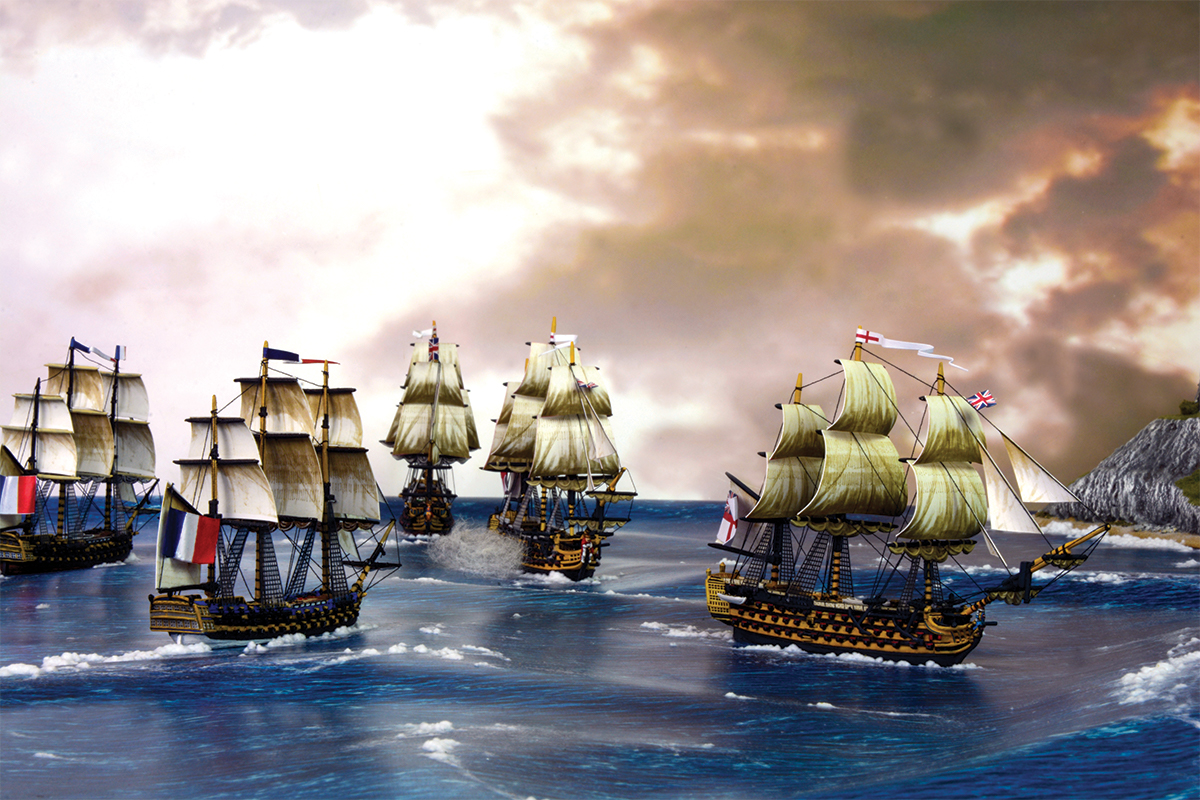
Soon after war was declared, French control in the West Indies was quickly eroded by a small naval squadron under Admiral Samuel Hood. First St Lucia fell, then Tobago, whilst the slaves in Hispaniola carried out their own Revolution, ousting their French slave- masters, and renaming the island Haiti. By 1804 only the islands of Guadeloupe and Martinique remained French possessions. However, Hood had insufficient resources to capture these islands. Conversely, French forces there were strong enough to make raids on British possessions but insufficient to consolidate those successes. The war in this arena became largely a series of raids and small-scale amphibious actions, though in 1809 Britain eventually captured both Martinique and Guadeloupe.
Whilst Britain, of course, remained Napoleon’s obdurate opponent throughout the period, the other great powers – Austria, Prussia, Russia, Spain – found themselves at times either allied to him, or one-by-one defeated by him. His early reputation was confirmed in the masterly land battles of 1805: Ulm (a superb outflanking of sluggish Austrian forces) and Austerlitz (deception then the destruction of an outnumbering Russian and Austrian army).
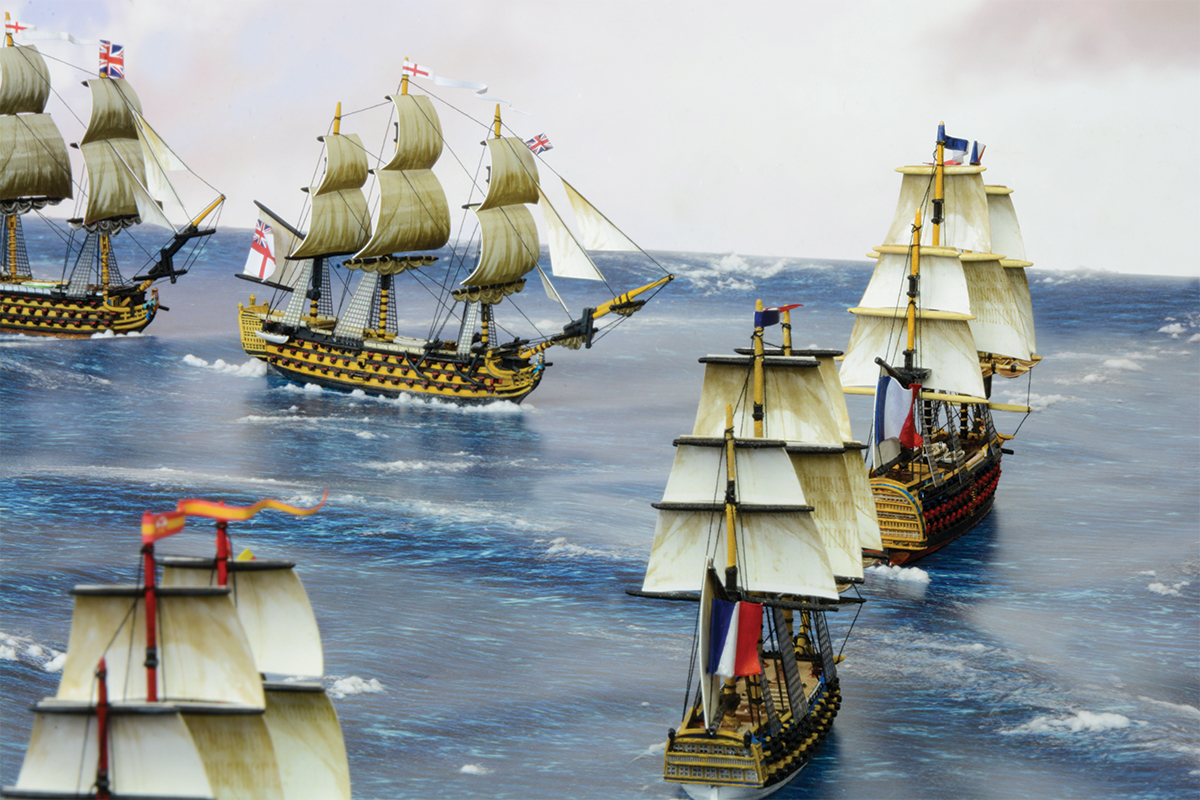
Whilst the French had continued success on land, in the same year she suffered defeat in the defining naval battle of the Napoleonic Wars. At Trafalgar Nelson’s fleet of 33 ships defeated a combined French and Spanish fleet of 40 ships of the line commanded by Admiral Villeneuve. As at The Nile, rather than conforming line to parallel line to exchange broadsides, British ships sailed perpendicularly across and through the French line, so each British broadside was met by limited French counter-fire. Nelson captured or destroyed 22 allied ships, and lost none, though in the aftermath of the battle some of the prizes were destroyed and Nelson himself was to perish.
Trafalgar prevented Napoleon’s planned invasion of Britain. Having naval dominance, in 1806 Britain now began a complete naval blockade of the French coast. In response, Napoleon instituted the Continental System, which prevented trade between French allies and Britain. Whilst Britain did not suffer greatly as a result, merely redirecting trade to other countries, many of Napoleon’s European allies lost significant trade, creating further resistance to his rule. Policing these blockades, and escorting or disrupting merchant convoys, became important elements of naval strategy, while the position of Spain and Russia, at the limits of French conquest, potentially left holes in the French system.
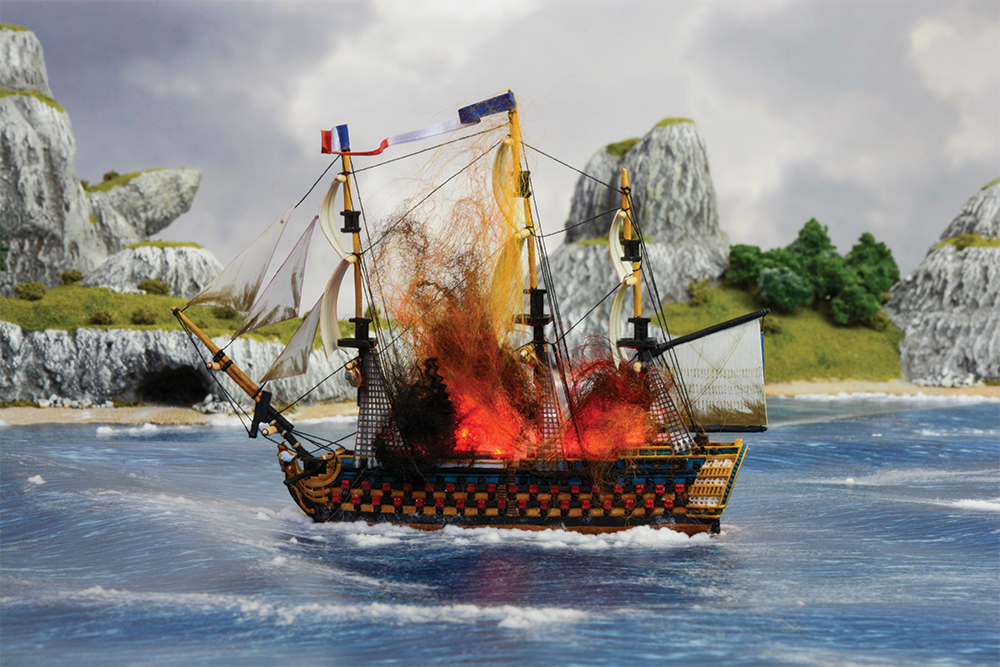
The magazine of 1st Rate French Flagship, Orient spectacularly explodes.
Napoleon’s further major victories, over the Prussians, at Jena-Auerstedt (1806) and the Russians at Friedland (1807) extended the impact of his Continental System, primarily through the Treaties of Tilsit (1807). Russia agreed to the Continental System, and so found itself now at war with both Britain and her ally, Sweden. The Baltic then became one of several arenas in which naval actions carried forward French interests by proxy. Several small naval engagements took place, of which the most notable was probably in the Gulf of Finland in 1809, where a joint British-Swedish fleet defeated a Russian fleet of 20 ships.
After the highpoint of 1807, French fortunes varied. In 1808 Napoleon invaded Spain which revolted against French rule. This war in the Peninsular became a constant drain on French resources and saw a succession of French Marshalls defeated by British, Portuguese and Spanish forces (the most renowned being Wellington’s victories at Talavera in 1809, Salamanca in 1812 and Vitoria in 1813).
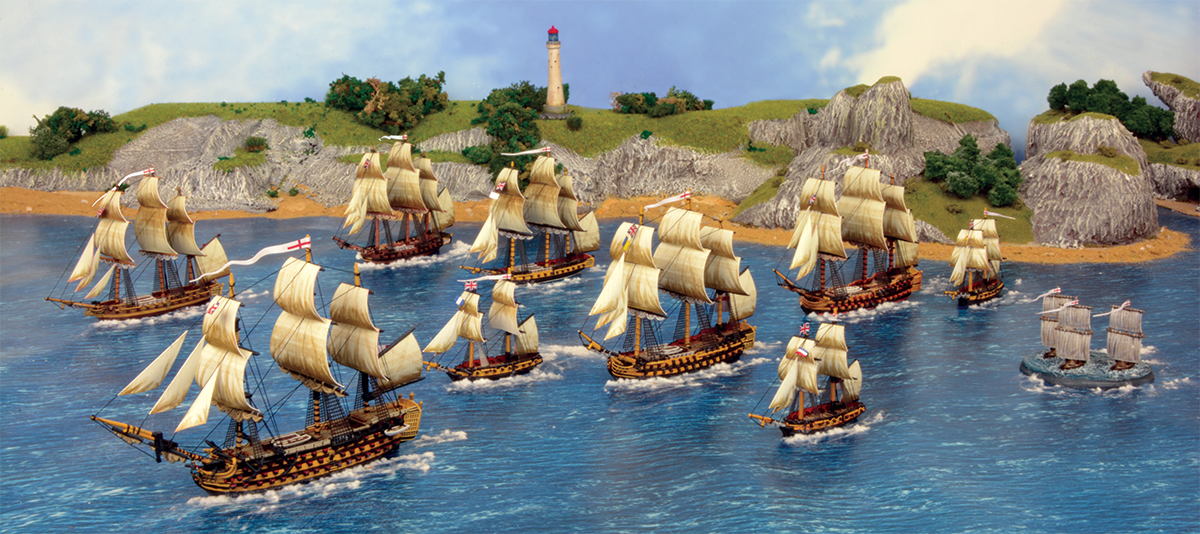
1809 saw Napoleon’s first major defeat, by the Austrians at Aspern-Essling, though he was able to reverse this loss two months later at Wagram. Thereafter, as most of mainland Europe had been subdued by France, 1810 and 1811 proved relatively peaceful in Europe, though resentment simmered in just about every conquered State and hostilities continued elsewhere in the world. In the East Indies, for example, French squadrons aimed to disrupt British trade with India. In 1810, a French frigate squadron destroyed five British ships in the Battle of Grand Port, off the coast of what is now Mauritius – the biggest naval disaster for Britain in the war. This gave France local superiority in the Indies to harass British convoys. However, British amphibious operations eventually captured the island and followed this, in 1811, with a British fleet of 25 ships out of India capturing Java, effectively suppressing French operations in the area.
Meanwhile, Napoleon was concerned about Russia. Despite the treaties, Tsar Alexander was trading extensively with Britain through proxies. Napoleon decided to compel Alexander’s compliance by invading Russia, on the pretext of protecting Poland. He assembled a Grande Armée of over 600,000 French and allies, which, in 1812, battered through Russian resistance at Borodino, but arrived at Moscow to find the city ablaze and uninhabitable.
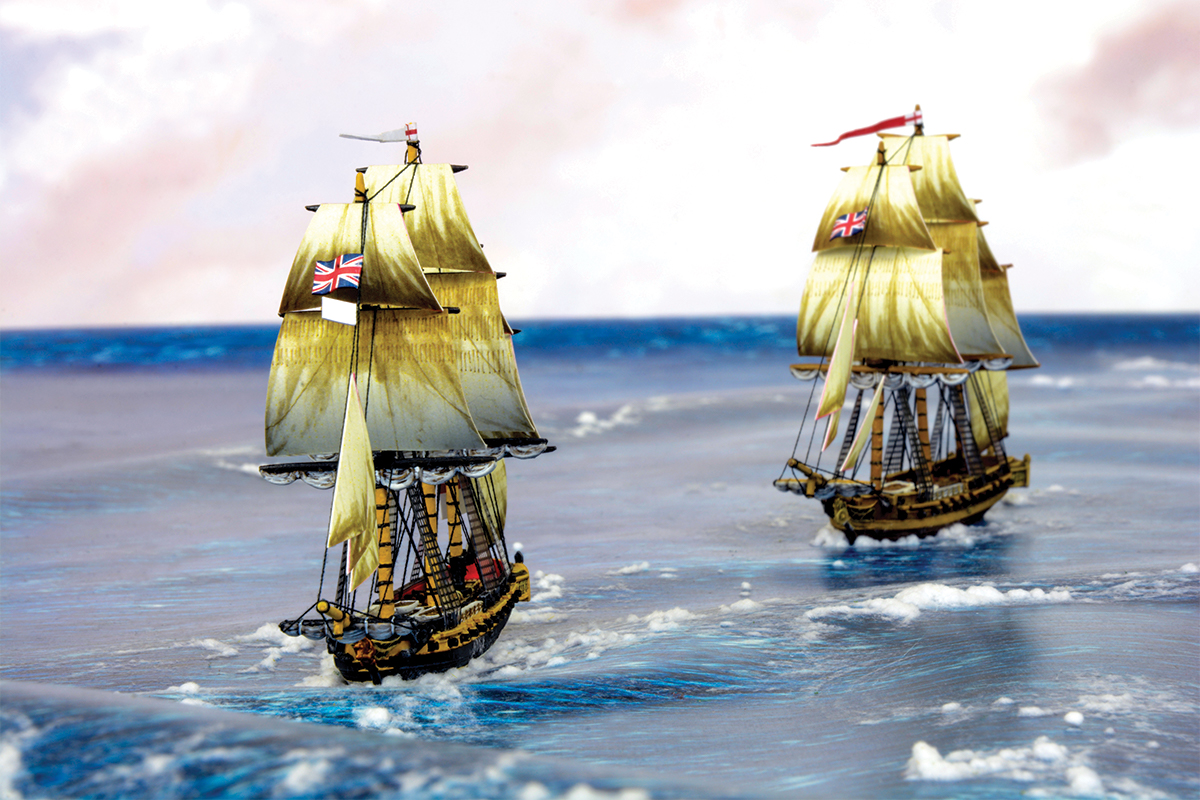
The retreating French army was all but annihilated by guerrilla warfare and the Russian winter. France’s loss of approaching 500,000 men was something Napoleon was never able to recover from. This huge failure, coupled with Wellington’s successes in Spain gave heart to France’s enemies who now began to mobilise against him. Over 20 battles were fought in 1813 as France’s former allies turned against her, culminating in the three day battle of Leipzig in which approximately 365,000 allies (Russian, Austrian, Prussian and Swedish) fought 200,000 French. Napoleon’s defeat here meant that 1814 became a series of defensive stalling battles, as embattled France was beset on all sides, until Paris was taken. In April 1814 Napoleon abdicated.
In March 1815 he was back in Paris, organising a new army that would be defeated 100 days later by Allied forces on the battlefield of Waterloo.
Join the Battle!
